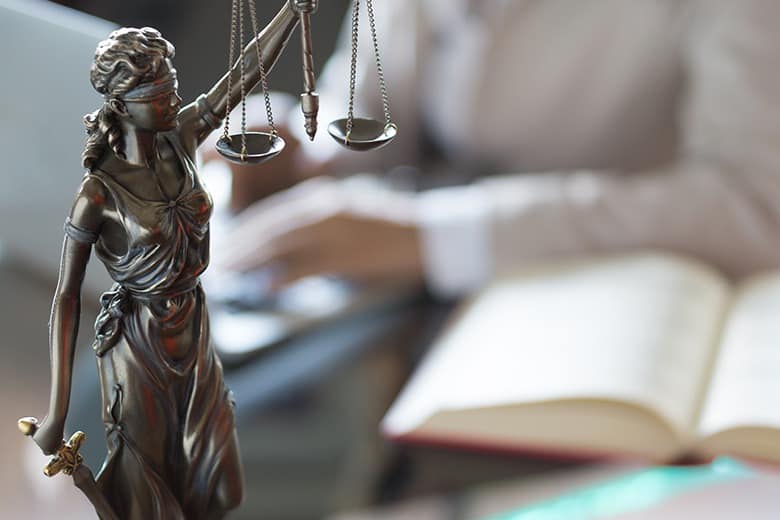
Dr. Arlis-Mayor is a physician at the Center for Orthopaedics, and on staff at Yale-New Haven Hospital in Connecticut. She has experience working with young athletes, including those in New Haven Public Schools and area youth ice hockey teams. Dr. Arlis-Mayor told the story of a young lacrosse player who recently sustained a concussion, but didn’t tell her parents about the injury:
Arlis-Mayor explained that on a Monday, this lacrosse player sustained a concussion but kept playing her game and attending school. By Thursday, the student-athlete was running the wrong way on the field during a game . By then, said Arlis-Mayor, her injury was exacerbated and her recovery could take longer than if she had been given attention for her concussion immediately after the incident.
Said over and over again, Arlis-Mayor could not emphasize enough: “It’s better to miss one game than the whole season.”
According to the doctor, the best way to ensure a successful recovery from concussion is to follow the “Five Rs”:
- Recognize. Athletes, parents, and coaches should learn to recognize the symptoms of concussion so that the athletes can be treated as quickly as possible. (To learn the symptoms of concussion, watch our YouTube video here: HensonFuerst video on “Symptoms of Concussion”)
- Remove. The injured athlete should be removed from play immediately, and not allowed to return until approved by a physician.
- Refer. Coaches and parents should be referred to a trained healthcare professional who is experienced in treating concussion.
- Rest. Concussion victims should have as much rest as possible. Arlis-Mayor said three days in a dark room, no matter the severity of concussion, can make a world of a difference in recovery time. Arlis-Mayor said exposure to bright screens like televisions and video games should be avoided. If computer time is necessary, recovering athletes should have very limited access to screen time, with 15 to 30 minutes “on” and one hour off.
- Return. The overall goal is to get the athlete back to playing—but not before all symptoms have resolved.
Of course, treating concussion requires that the child actually report the injury. (Perhaps that should be the sixth R.) And another factor is lying by the athletes, parents, and coaches, all of whom want the athlete to return to play as soon as possible.
In order to ensure that athletes are ready to return to activity, Arlis-Mayor said baseline testing, like ImPACT, can help determine the cognitive ability of a concussion victim but is not the sole measure of recovery… Symptom observation through administering physical tests like balancing, help doctors and trainers determine if post-concussive athletes are ready to return to play. Returning too early, said Arlis-Mayor, places victims at a higher risk for a second concussion and at a higher risk of not recovering from the subsequent head injury.
Just about any sport can cause a concussion if the athlete’s head hits the ground in a fall, or if two players run head-first into each other. But some sports are more dangerous than others. Dr. Arlis-Mayor said it best:
“If you love your kids, don’t let them play football.” [Dr. Arlis-Mayor, as quoted in the Branford Patch]
To read the full article, click here: Heads Up! What You Should Know About Youth Sports Concussions
